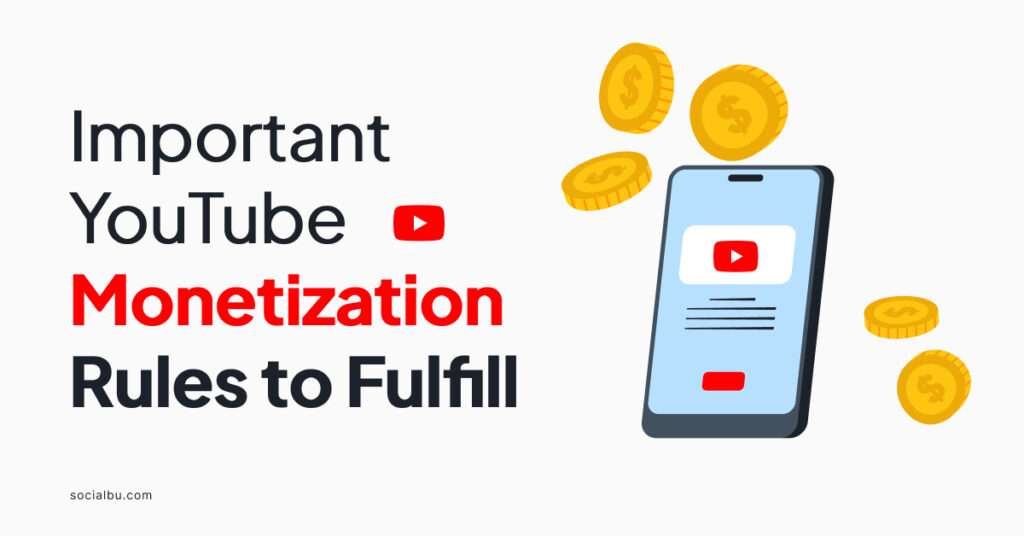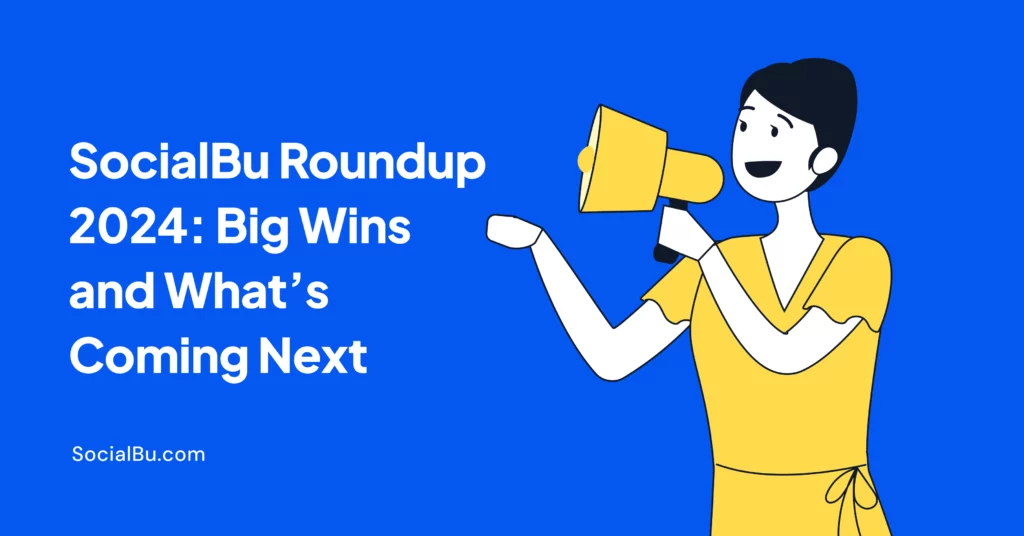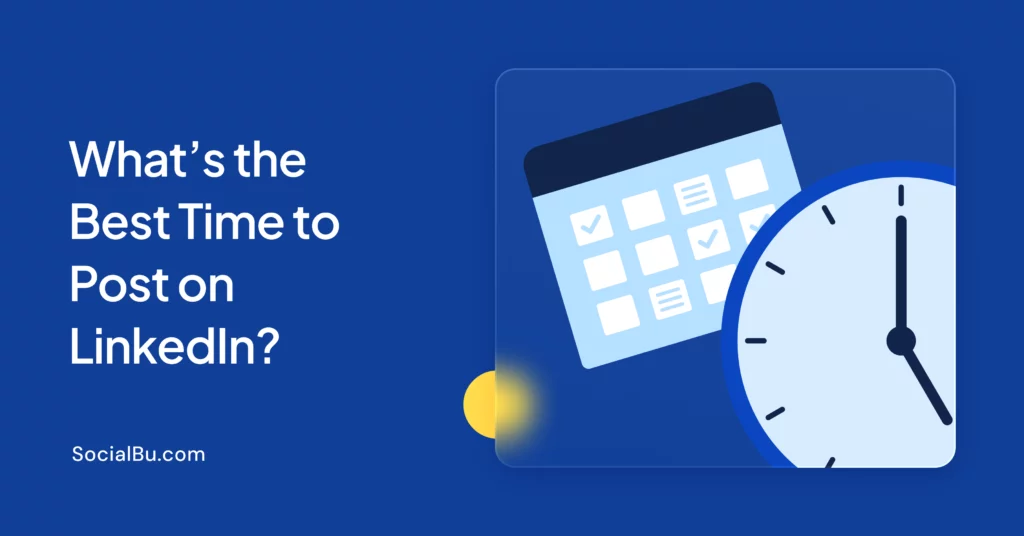Are you a YouTube creator looking to turn your passion into a profitable business? To succeed, you need to understand the YouTube monetization rules that govern the platform.
With millions of active users and a constantly evolving algorithm, YouTube’s monetization rules can be complex and difficult to navigate.
In this article, we’ll break down the essential guidelines and best practices to help you maximize your earnings and build a successful YouTube channel.
By the end of this article, you’ll clearly understand what it takes to monetize your YouTube channel effectively and stay ahead of the competition.
YouTube Monetization Eligibility Requirements
To monetize your YouTube channel, you must meet certain eligibility requirements, as outlined in the YouTube monetization rules 2024. These requirements ensure that only high-quality content creators can monetize their channels.

1. Subscriber Threshold
Your channel must have 500 subscribers or more to be eligible for monetization. This threshold ensures that only channels with a significant following can monetize their content.
2. Watch Hour Threshold
In addition to the subscriber threshold, your channel must have at least 3,000 public watch hours in the past 12 months.
Or, for YouTube shorts monetization, your channel must have had 3 million public YouTube Shorts views in the last 90 days. This requirement ensures that only engaging and high-quality content channels can monetize their videos.
Other than YouTube, if you want to monetize your Facebook reels, you can read, “How to Monetize Facebook Reels and Earn Money from It?”
3. Compliance with Community Guidelines and Terms of Service
To monetize your channel, you must also comply with YouTube’s community guidelines and terms of service. It includes adhering to rules around hate speech, harassment, and other harmful content.
By meeting these eligibility requirements, you can ensure that your channel is in compliance with the YouTube monetization rules 2024 and start earning money from your content.
In the next section, we’ll explore the content guidelines you must follow to monetize your channel.
YouTube Content Guidelines
To have YouTube monetization apply, you must ensure that your content meets YouTube’s guidelines. These guidelines are in place to ensure that ads are displayed on high-quality, advertiser-friendly content.
1. Advertiser-Friendly Content
YouTube requires that your content be advertiser-friendly, meaning it must be suitable for a general audience and meet the standards of major advertisers. It includes avoiding explicit language, violence, and other mature themes.
2. No Hate Speech, Violence, or Harassment
YouTube has a strict policy against hate speech, violence, and harassment. If your content promotes or glorifies these behaviors, it will not be eligible for monetization.

3. No Explicit or Graphic Content
YouTube prohibits sexually explicit or graphic content, including nudity and other mature themes.
4. No Misleading or Deceptive Content
Your content must be truthful and transparent. This means avoiding clickbait titles, misleading descriptions, and other deceptive tactics.
By following these content guidelines, you can ensure that your channel is eligible for monetization.
Copyright and Intellectual Property
When doing a YouTube monetization check, you must also ensure that you comply with copyright and intellectual property laws. This is crucial to avoid copyright infringement and legal issues.

1. Understanding Copyright Laws
Copyright laws protect original works, including music, videos, and images. As a creator, you must ensure you have the necessary permissions or licenses to use copyrighted material in your content.
2. Avoiding Copyright Infringement
To avoid copyright infringement, use royalty-free music and sound effects. You must also ensure you have the necessary permission to use copyrighted material. YouTube’s audio and video libraries offer a range of royalty-free options.
3. Using Creative Commons Licenses
Creative Commons licenses allow creators to share their work while retaining some rights. Understand the license terms and provide proper credits when using Creative Commons-licensed material.
4. Dealing with Copyright Claims
If you receive a copyright claim, you must take it seriously and respond promptly. You can dispute the claim or remove the copyrighted material to avoid further issues.
By understanding and respecting these copyright and intellectual property laws, you can ensure that your content is eligible for monetization and avoid legal issues.
Disclosure and Transparency
Disclosement and transparency are crucial regarding channel monetization. You must disclose sponsored content, affiliate marketing, and other forms of monetization to your audience.

1. Disclosing Sponsored Content
When working with brands, clearly disclose sponsored content using hashtags like #ad, #sponsored, or #partner. This ensures that your audience knows when your content is sponsored.
2. Complying with FTC Guidelines
The Federal Trade Commission (FTC) requires clear and conspicuous disclosure of sponsored content. To avoid legal issues, comply with FTC guidelines.
3. Transparency in Affiliate Marketing
When using affiliate links, clearly disclose your affiliation with the product or service. Use affiliate disclosures and clearly state your relationship with the product or service.
4. Avoiding Deceptive Practices
Avoid deceptive practices, such as hiding sponsored content or using misleading language. These can lead to a loss of trust with your audience and legal issues.
By prioritizing disclosure and transparency, you can build trust with your audience and ensure successful channel monetization.
Viewer Engagement and Audience Retention
To succeed with YouTube shorts monetization, you need to keep your audience engaged and retained. Here are some strategies to help you achieve this.

1. Create High-Quality, Engaging Content
Your content should be informative, entertaining, or both. Use high-quality visuals, sound, and editing to keep viewers engaged.
2. Optimize Your Videos for YouTube Shorts
Keep your videos short, concise, and attention-grabbing. Use catchy titles, descriptions, and tags to help viewers find your content.
3. Encourage Viewer Interaction
Ask viewers to like, comment, and subscribe to your channel. Respond to comments and create a community around your content.
4. Use Eye-Catching Thumbnails
Create eye-catching thumbnails that grab the viewer’s attention. It will help increase click-through rates and viewership.
5. Utilize YouTube Analytics
Use YouTube Analytics to track your viewership, engagement, and earnings. This will help you identify areas for improvement and optimize your content for better performance.
Using YouTube studio can also greatly affect your channel’s growth.
Implementing these strategies can increase viewer engagement and audience retention, leading to greater success with YouTube monetization.
YouTube Monetization Strategies
With the YouTube new monetization policy 500 subscribers, creators have more opportunities to earn money from their content. Here are some monetization strategies to consider.

1. Advertisements (AdSense)
You can enable ads on your videos and earn money from views and clicks. You need at least 500 subscribers and 3,000 watch hours in the past 12 months to be eligible.
2. Sponsorships and Product Placements
Partnering with brands to promote their products or services in your videos requires strong audience engagement and a clear understanding of your niche.
3. Affiliate Marketing
You can earn commissions by promoting products or services from other companies and including affiliate links in your videos or video descriptions.
4. Merchandise and Licensing
Sell merchandise to your audience, such as t-shirts, hats, or other products. You can also license your content or music to other creators or platforms.
5. YouTube Premium Revenue
You can earn a share of the YouTube Premium revenue if you have a strong audience and produce high-quality content.
6. YouTube Super Chat and Super Stickers
Earn money from live streaming through Super Chat and Super Stickers, allowing viewers to pay for their messages highlighted in live chat.
By diversifying your monetization strategies, you can increase your earnings and build a sustainable career on YouTube.
Penalties for Non-Compliance
If you violate YouTube’s monetization rules or guidelines, you may face penalties impacting your channel’s earnings and reputation.

- Warning or Strike: YouTube may issue a warning or strike on your channel if you violate their guidelines. Repeated strikes can lead to channel suspension or termination.
- Suspension or Termination of Monetization: YouTube may suspend or terminate your monetization eligibility if you violate their rules or guidelines.
- Legal Consequences: Copyright infringement or other legal issues can result in legal consequences, including lawsuits and fines.
- Loss of Audience Trust: Violating YouTube’s guidelines or engaging in deceptive practices can damage your reputation and erode audience trust.
- Decreased Earnings: Non-compliance can decrease earnings, as YouTube may demonetize your videos or reduce your ad revenue.
Ensure you understand and comply with YouTube’s monetization rules and guidelines to avoid these penalties. By doing so, you can maintain a successful and sustainable career on YouTube.
Conclusion
Understanding and complying with YouTube monetization rules is crucial for creators who want to earn money from their content. By following the guidelines and best practices outlined in this guide, you can ensure that your channel is eligible for monetization and that you’re earning the maximum revenue.
Key Takeaways
- Understand YouTube’s monetization rules and guidelines
- Ensure your content meets YouTube’s advertiser-friendly guidelines
- Comply with copyright laws and intellectual property rights
- Disclose sponsored content and affiliate marketing
- Engage with your audience and retain viewers
- Diversify your monetization strategies
- Avoid penalties for non-compliance
FAQs
1. What are the rules for YouTube monetization?
The rules for YouTube monetization include having at least 500 subscribers, at least 3,000 hours of public watch time within 12 months, and compliance with YouTube’s monetization policies.
2. How much YouTube monetization for 1,000 views?
The amount of money a YouTube creator earns for 1,000 views depends on various factors, including niche, audience demographics, and CPM rates, which vary between $100 and $4,000 per sponsored video.
3. Can I monetize my YouTube channel without 1000 subscribers?
No, you cannot monetize a YouTube channel without 500 subscribers, as this is a requirement for the YouTube Partner Program.
4. Can I monetize YouTube with 500 subscribers?
You can monetize your YouTube channel with 500 subscribers if you meet other requirements, such as having 3,000 public watch hours in the previous 12 months or 3 million public YouTube Shorts views in the last 90 days.







